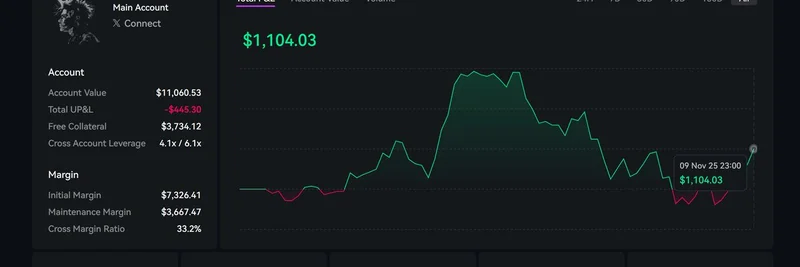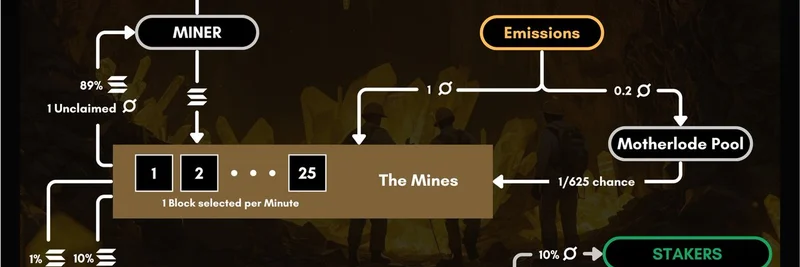What we’re looking at
The token using the symbol “LEGO” at address 0xfafe9e4b59fa4493fa8816dbabe63dd4acf6ab9a is on BNB Chain (BEP‑20). Public data tied specifically to this contract is sparse, and indexing on common explorers appears limited. At the same time, there are multiple unrelated tokens using the “LEGO” or “Lego Coin” name across BNB Chain, which creates confusion and raises risk for traders trying to verify the right contract.
One critical point up front: The LEGO Group (the toy brand) has no official cryptocurrency. In October 2024, LEGO.com was compromised and briefly used to promote a fake “LEGO Coin” scam. Any token using the LEGO name is unofficial and should be treated with extreme caution.
Market activity snapshot
- Reports indicate small trades for LEGO against USDT on decentralized exchanges like PancakeSwap, with prices observed around the $0.001–$0.0023 range.
- Liquidity appears modest, and transaction sizes are small. That typically means wider spreads, slippage risk, and a higher chance of price manipulation.
- Indexing gaps and inconsistent visibility on explorers (e.g., finding an authoritative token page for this exact address) are themselves a red flag. When basic metrics like supply, holders, and pools aren’t easily verifiable, it’s harder to assess risk.
Note: BNB Chain uses the BEP‑20 token standard, which is similar to ERC‑20 on Ethereum but runs on a different network. Many tools and interfaces look familiar, but the contracts, explorers, and liquidity venues differ.
Not the same as “LEGO of DeFi” (DEGO)
You may see references to projects calling themselves “the LEGO of DeFi,” such as Dego Finance (ticker DEGO). That’s a separate project with its own contract and ecosystem. If you’re researching, double‑check you’re not confusing this LEGO token with DEGO. For background, see the DEGO page on CoinMarketCap.
Why multiple “LEGO” tokens is a problem
Multiple contracts using the same name (and even the same symbol) make it easy to pick the wrong token. In past instances, some “Lego Coin” versions cited very large supplies (e.g., 100 trillion) and allocations like 99% public, 1% team—but circulating numbers varied widely across sources. These inconsistencies often point to poor disclosures or outright misinformation.
Red flags to keep in mind
- No official brand link: The LEGO Group has never endorsed a crypto token.
- Ambiguous indexing: Difficulty locating a comprehensive explorer page for this exact address suggests low visibility or inactivity.
- Name collisions: Multiple “LEGO” tokens and addresses increase the chance of mix‑ups and scams.
- Meme‑token volatility: Prices are driven by hype and sentiment rather than fundamentals.
- Low liquidity: Small pools and thin order books can cause large price swings and make exits hard.
- Rug pulls and honeypots: Unauthorized brand usage is a common hook for fraud. Honeypots let you buy but block selling; rug pulls drain liquidity and strand holders.
Practical verification steps
If you still want to evaluate this token, take a disciplined approach:
- Confirm the contract address: Search directly on BscScan and check for verified source code, holder distribution, and recent transactions.
- Inspect liquidity: Look for the primary liquidity pool on PancakeSwap; verify pool size, lock status, and the token pair (e.g., USDT or WBNB).
- Test trades: If you proceed, start with a tiny buy and ensure you can sell. Watch for unusual taxes or blocked sells.
- Read the code and privileges: Check whether the contract has functions that can blacklist wallets, change fees, or mint/burn at will.
- Holder concentration: A high percentage in a few wallets increases manipulation risk.
- Community signals: Seek consistent communication (website, docs, socials). Lack of transparency is a warning sign.
Where to trade and track
- Decentralized exchange: You can explore trading via PancakeSwap. Always double‑check the exact contract address before you swap.
- Analytics and tracking: For meme‑token discovery, smart‑money tracking, and security checks, consider GMGN.AI. You can view this token’s page here: https://gmgn.ai/eth/token/fV1R5sZ5_0xfafe9e4b59fa4493fa8816dbabe63dd4acf6ab9a
GMGN.AI offers features like wallet‑watching (to follow top traders), real‑time alerts, and automated trading through its Telegram bot, along with risk flags for honeypots and high tax settings—helpful for navigating volatile meme markets.
Bottom line
LEGO at 0xfafe9e4b59fa4493fa8816dbabe63dd4acf6ab9a appears to be a low‑visibility BEP‑20 token with small, sporadic trades and limited public documentation. Given the brand confusion and the broader track record of unofficial “LEGO” tokens, treat this as high risk. If you engage, use strict position sizing, verify every link and contract address yourself, and be prepared for potential total loss.




